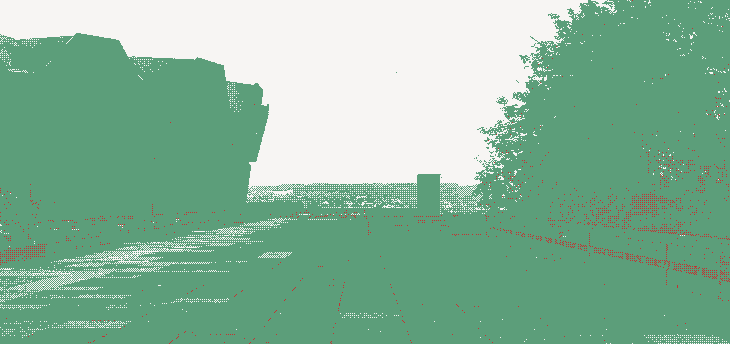
Alexander Schniedermann
Melina Antonakaki
Description
We see cracks, but do we stand before ruins? Scholarly publishing has traditionally been described as a key infrastructure in academia since modern science. Publishing facilitates the exchange and accumulation of knowledge, the recognition of thinkers and inventors, academic careers, the visible and invisible colleges in science, and much more. There are unique components—bricks, columns, and tiles—which form the complex and sometimes overwhelming rooms and spaces of today’s publishing infrastructure. But like so many infrastructures, academic publishing has been challenged and transformed by the multitude of recent societal, technological, and political transformations. Thus, we see cracks in the bricks and shattered tiles everywhere:
- Journals have become an important culmination point for STS ideas and ways of thinking (Silvast, 2024). But the ongoing economization of journal-based publishing, preprinting, and even open access models makes it continuously less diverse in form and content and more inaccessible to those outside STS, academia, or Western science, e.g., feeding a “democratization myth” (Knöchelmann, 2021, p. 65; see also Shu and Lariviére, 2024) and juxtaposing STS values.
- The dominant paradigm of research evaluation, the trend towards PhD theses as collections of articles, and the need to mitigate information overload put even more emphasis on a more homogeneous form of academic literature. While STS traditionally has been diverse in its formats, venues, and audiences, the growing role of academic career’ing turns scholarly communication into a career task (Kaltenbrunner et al., 2022), invoking the “ruins of seriality” (Daling, 2024, p. 1). This forces diverse STS practices, experimental forms of doing STS, and even necessary forms of engaging with non-publics onto the narrow path of producing publishable outputs.
- How do the current developments in generative AI that disrupt no less than “what it means to know and create” (Reomer, 2025, p. 9) impact the role of reading, writing, and scholarly publishing in STS?
The case, "Ruins and Repairs of Academic Publishing," turns scholarly communication in STS and adjacent fields into our case (see also Lippert, 2023). Together, we want to collect the components (=bricks) of STS publishing and build a comprehensible idea of the publishing infrastructure in our community. We attempt to identify the cracks and disjoints and decide if we stand before ruins. We also want to uncover repairs and rebuilds—measures that either improve and transform traditional modes of STS publishing or imply the establishment of new ones.
What to expect
The case happens before, during, and after the Bochum event and is structured in two phases. During the first phase and prior to the Bochum event, you and other interested community members will contribute your experiences and perspectives on publishing (‘bricks’ and ‘cracks’). Case organizers will reach out to the community and collect anonymous contributions on a virtual canvas.
The second phase starts with the Bochum event. You and the other attendees in Bochum are invited to collect impressions and observations during any case sessions you join there: What forms of formal scholarly communication do you encounter during the sessions and beyond? What roles do forms of publishing play for the cases? You will be invited to contribute your observations to another online canvas (watch out for info on site!).
Our own in-person case session in Bochum is separated into three parts. During the first part, we will listen to short inputs that provide background information about scholarly communication in STS. Inputs will cover diamond open access, community-led journals, and systematic analyses of scholarly communication. Next, we will discover and discuss the experiences and perspectives that were collected prior to the conference. Together we will build STS’ current publishing infrastructure, identifying its bricks and cracks. Based on the status quo and the input presentation, we discuss future pathways and measures of repair, e.g., the foundation of a new outlet, promotion of novel ways of publishing, and organizing future initiatives.
Outcomes
We want to shape the future of scholarly communication in STS. Thus, the case not only connects community members who are eager to think and go ahead but will also result in something new. But we also want to reflect on this journey: after the session, we want to present the case and its outcomes to the community by collaboratively drafting a blog post about our experiences.